Get to Know Madrid as well as a “Madrileño”
Walks
Practise and improve your Spanish while getting to know Madrid
Medieval Madrid or The Early History of Madrid
How long has Madrid existed? What was Madrid like before it became the capital of Spain? Starting outside the Royal Palace, you will take a stroll through the vibrant neighborhood of La Latina where you will discover Madrid’s earliest history.
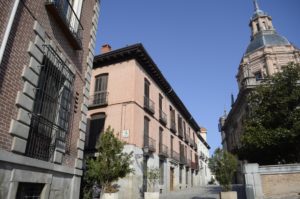
Habsburg Madrid
When did Madrid become the capital of Spain? Find out what the city was like in the 16th and 17th centuries. Come along on a classic walk and see Plaza Mayor, Puerta del Sol and the Royal Palace, as well as some more tucked-away and tranquil corners with quaint bars and traditonal shops.
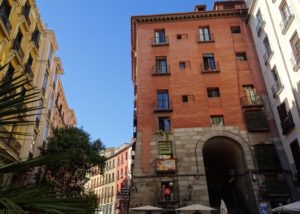
Bourbon Madrid

A stroll in El Retiro
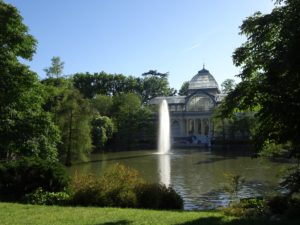
Literary Madrid
Attracted by the presence of the king and nobles, many artists and writers decided to make their home in Madrid. From the 16th century onwards, this area of Madrid was full of bohemian life. Cervantes, Lope de Vega and many others were all a part of a neighborhood teeming with taverns and theatres.
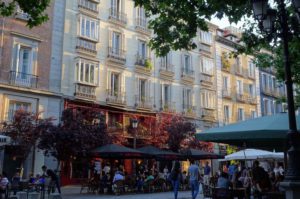
Madrid and its Monasteries
From the 16th onwards, Madrid boasted the Royal Court, the theaters and the artists, but also a wealth of monasteries and convents. Many have disappeared, but others can still be found and are real unknown treasures. The walk starts in Plaza de Oriente and ends in the popular Malasaña neighborhood. Along the way you will also see quaint bars and restaurants, as well as many other places.
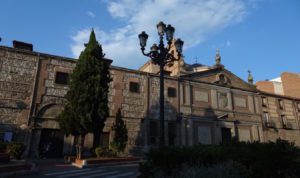
Madrid's old taverns and businesses
With the arrival of bigger shopping centers and the Internet, many of Madrid’s traditional businesses have disappeared. Others still make up an important part the city and its charm. These bars, restaurants and shops are more than 100 years old, sometimes with their original decoration intact. Business that have always been around, together with their loyal customers.
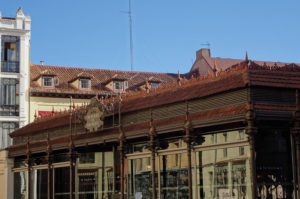
A Walk in Chueca
This neighborhood, to the north of Gran Vía, is a fashionable area, full of life. Known as an LGBT neighborhood, it also has a less known past linked to politics, with strong links to Spain’s left and clandestinity. The Walk in Chueca is full of surprises.
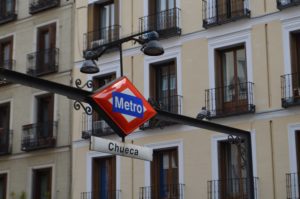
The Southern Neighborhoods: the Rastro
El Rastro is famous for its well-visited Sunday market, but if you visit it on a weekday you will find a relaxed and not-so-touristy atmosphere, with appealing antique shops, buildings and restaurants with typical food. You will also visit a “corrala” with a surprising museum about folk traditions.

The Southern Neighborhoods: Atocha and Surroundings (Lavapies I)
Despite being in the center, this area is still somewhat unknown among tourists. From the Plaza de Tirso de Molina you will walk through the upper streets of the Lavapiés neighborhood. See Madrid’s oldest cinema, a 15th-century house said to have been a prison during the Inquisition, the place where Picasso lived when he was in the city, a haunted palace and much more.
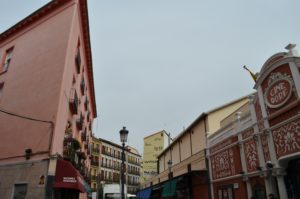
The Northern Neighborhoods: Malasaña
Now perhaps the most fashionable neighborhood, Malasaña used to be a university area from the 19th century until the mid-20 century and it still conserves its student atmosphere. Learn about the “Movida Madrileña”, the cultural movement that emerged with the arrival of democracy in the 1980s. You will also find out about the origins of some street names and discover Malasaña’s buildings, cultural life, bars and restaurants.


Salamanca District
Since its construction at the end of the 19th century, it has been one of the Madrid’s most expensive and elegant neighborhoods. Here, everything is glamor. It’s another Madrid, also worth knowing.
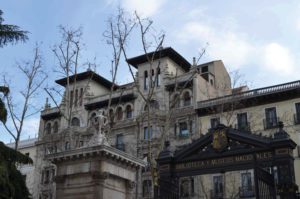
Gran Vía
The most famous and lively street in Madrid. Here you will find people 24/7. Built at the beginning of the 20th century, is was once full of banks, theaters, cinemas, bars and restaurants. Today it is a shopping and theatre street. You will also explore its nearby streets, which are somewhat calmer, but also full of life.
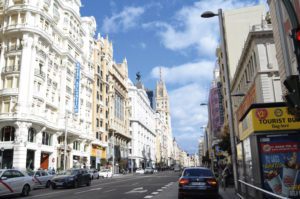
Chamberí
Like Salamanca, Chamberí was built in the late 19th century, but its atmosphere is completely different. From the most popular areas full of bars and traditional restaurants, to the most elegant areas around Almagro Street with its palaces and gardens, you will explore one of the locals’ favorite neighborhoods.
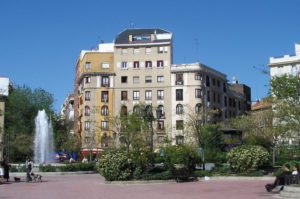
Moncloa and West Park
We will talk about the late 19th and 20th-century Madrid. This area played an important role during the Civil War, with the frontline being situated here throughout the entire conflict. Enjoy the impressive views of Faro de Moncloa, from where you on clear days can see El Escorial. Discover the Parque del Oeste, a romantic, almost idyllic spot with lots to see. You will also walk through some parts of the Argüelles neighborhood.
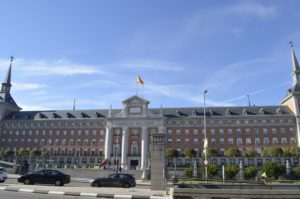
Gastronomic routes and cooking classes
Do you want to learn to cook in Spanish? Know markets, tapas bars or gastronomic specialties in Madrid?
With Alessandro Forforelli

Museums
Practise and improve your Spanisch while getting to know the Madrid’s Museums
The Prado On Demand
The Prado Museum is the great artistic treasure of the city. It has important collections of Spanish, Italian, Flemish painters and much more. Do you want to see the masterpieces? Learn more about Velázquez, Goya, El Greco and other artists? Perhaps make a thematic visit? The Prado offers many possibilities.
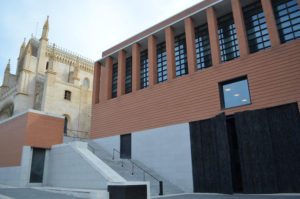
The Reina Sofía Museum
This museum of contemporary art is housed in an old 18th century hospital which was operative until the mid- 20th century. Its great star is Picasso’s Guernica, but the works of Salvador Dalí, Juan Gris and other avant-garde artists as well as the latest art exhibits are also well worth a visit.
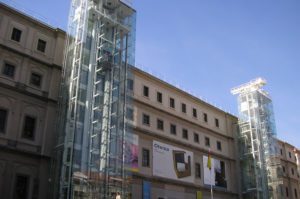
Thyssen Museum
The Thyssen complements the two museums mentioned above. Here you can find works by the international avant-garde: impressionists, such as Monet or Renoir; expressionists; the Fauves; as well as other historical styles and schools. It is the perfect museum to find out about how Art has evolved, from its beginnings to our days.

Sorrolla Museum
One of Madrid’s lesser know gems. The museum is situated in the house and garden where this bright and optimistic late 19th and early 20th century painter lived. Everything has been preserved just it was when he lived here with his family.
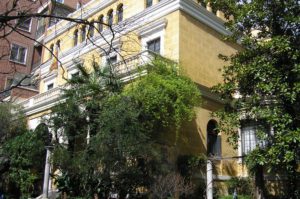
San Isidro Museum — The Origins of Madrid
Who was San Isidro and when did he live? When does the history of Madrid begin? Situated in the neighbourhood of La Latina, this modern museum tells the story of the city from its prehistoric origins until it became capital in the sixteenth century. One part of the museum is dedicated to the patron saint of Madrid: San Isidro.
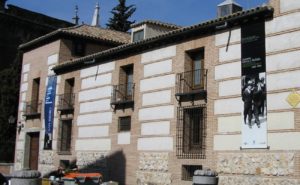
Museum of the History of Madrid
From the 16th century to the beginning of the 20th century. This museum takes you back in time, showcasing Madrid’s history through photos and old engravings, objects, portraits and an impressive model of the city made in 1830.
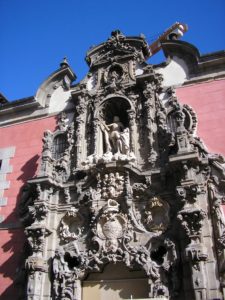
Royal Chapel of St. Anthony of La Florida and Madrid Río
The Chapel of Florida is one of the most interesting places in Madrid and, maybe because it is not located in the center, does not receive so many visits. It houses a number of impressive frescoes by Francisco de Goya, and this is also where the painter is buried. You will also have a close look at the river of Madrid, the Manzanares.
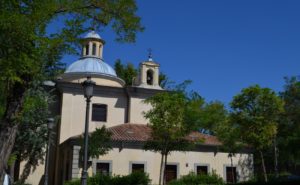
National Archaeological Museum
The history of Spain from prehistoric days to the 18th century. Here you will find ancient treasures, mysterious sculptures such as the famous Lady of Elche, jewels of the Visigothic kings or impressive Roman mosaics. It is a good opportunity to learn more about the history of Spain, and especially its lesser known parts.


Royal Palace of Madrid
The current palace was built by the Bourbons in the 18th century. Here all the kings lived until 1931, when Alfonso XIII went into exile with the arrival of the Second Spanish Republic. You will find out about what life was like in the palace in the past and how it is currently used for official acts.
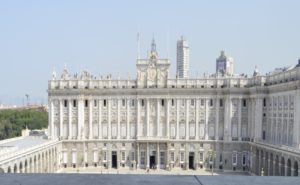
Museum of the Americas
How do societies evolve? What were the American cultures like before the arrival of the Europeans? This museum is a journey to discover the diverse cultures that have existed throughout the history of America.

Typhlological Museum
A museum created for the blind and visually impaired. You will discover the history of Spanish architecture through a beautiful collection of models, made especially so that the blind and visually impaired can learn about the architectural heritage — but equally enjoyable for everybody.

Cerralbo Museum
The nobleman Marquis of Cerralbo, a lover of antiquities, archeology and art, built this palace in the nineteenth century, and today it is a museum where you can explore his private collections. It is also a good opportunity to see how an aristocrat lived at the time.
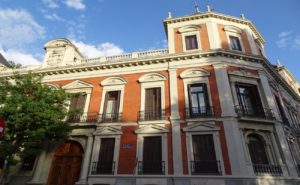
Temple of Debod and surroundings
Madrid’s oldest building is actually a temple brought from Egypt: the temple of Debod. You will complement the visit to the temple with a walk through the neighbourhood of Argüelles.
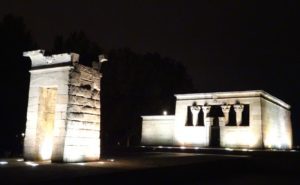
Matadero Madrid and Madrid Río
The slaughterhouses were built at the beginning of the 20th century. Here the cattle came from all over Spain and was sacrificed to provide the butchers of the city with meat. Over time the slaughterhouses became obsolete and have now been transformed into a modern cultural center: there is a theater, cinema, exhibitions and different activities to promote young artists. You will also stroll along the Madrid Río Park, to learn about the city’s ”small” river Manzanares and changes in the city in recent years.
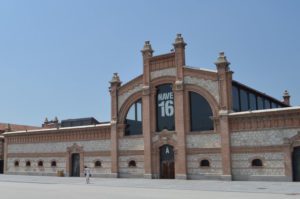
Excursions
Practise and improve your Spanish while getting to Know the Madrid’s surroundings
Segovia
UNESCO World Heritage Site since 1984, Segovia is famous for its Roman Aqueduct, which is 2000 years old. We will also see the Alcazar, a fairytale castle, an elegant cathedral and much more.
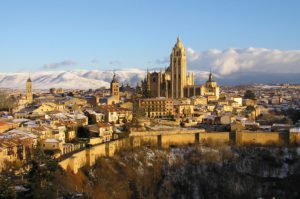
Toledo
It is a city of narrow and winding streets, hidden corners and surprises. Walking and getting lost in Toledo is a journey that transports us to an era in which Christians, Jews and Muslims lived together who have left their mark since the Middle Ages.

The monastery of Saint Lorenzo del Escorial
This great monument was built by an interesting personality, King Philip II, who in the 16th century wanted to build a place to bury the dead of his family. In the Pantheon are the tombs of almost all the kings of Spain since the sixteenth century, it is integrated in a Monastery full of works of Art, which also has a part of palace. Its architecture is full of symbols that reflect the mentality of its time. We will discover them in this walk through history.
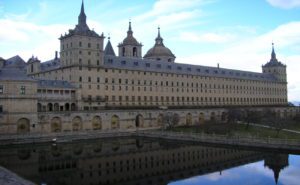
Alcalá de Henares
A few kilometers from Madrid the old Alcalá de Henares has almost always been linked to the history of its University, which is the first university city in Europe, which has earned it recognition as a World Heritage Site by UNESCO since 1998. We will also visit the Cervantes House Museum and the longest supported street in Spain.

